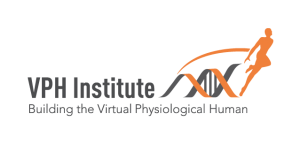CompBioMed’s 20th e-seminar took place on 9 December 2021
Introduction to Biomedical Image Registration and the Parallel Framework for Image Registration
Biomedical imaging, based on different acquisition modalities (CT, PET, MRI, ultrasound), is a powerful diagnostic tool adopted in many clinical settings.
Images of patients captured at different time points and with different modalities may be affected by some distortions due to the image capturing system or movements of the patient. Images need to be corrected to allow practitioners to formulate their diagnosis.
Image registration is the methodology that solves this issue identifying the mathematical relationship between images, which can be used to correct images so they can be aligned and overlapped.
This seminar introduces the concepts of biomedical image registration and how it can help to improve clinical diagnosis by images. The Parallel Framework for Image Registration (pFIRE) developed at the InsigneoInstitute for in silico medicine of the University of Sheffield and some of its applications will be presented.
Presentation given by Dr. Daniele Tartarini (University of Sheffield).
He has a background in parallel computing and a PhD in interdisciplinary sciences and technologies. He worked on a range of research project including Grid/parallel computing solutions for bioinformatics, GPU computing for finite element methods and software frameworks for multiscale modelling. In 2013 he joined the Insignio Institute for in silico medicine of the University of Sheffield to accelerate the Virtual Physiological Human multiscale models by adopting methodological and technological solutions, especially in the cancer research domain (EU-FP7 Computational Horizon in Cancer project)
He joined CompBioMed in 2019 to develop the Parallel Framework for Image REgistration (pFIRE) to support registration of large images on next generation Cloud/HPC architectures
This webinar series is run in collaboration with the VPH Institute



